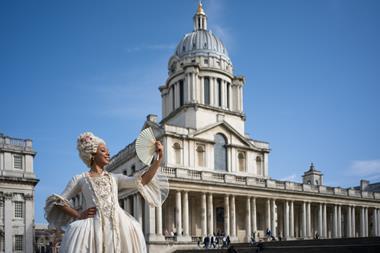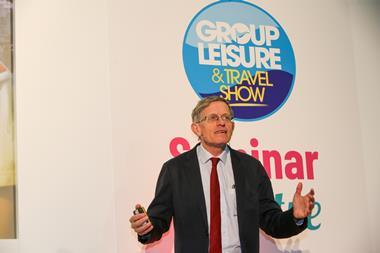
Two complementary exhibitions have opened at the National Science and Media Museum in Bradford, one of which is a virtual reality experience.
Thresholds, by British artist Mat Collishaw, is a virtual reality restaging of the world’s first major photography exhibition. This has opened alongside Immersion, an exploration of historical immersive audio-visual technology.
Thresholds: 2nd March to 7th May
In 1839 the world’s first major public exhibition of photographs took place at King Edward’s School in Birmingham, presenting examples created by one of the founding fathers of photography: William Henry Fox Talbot.
Thresholds will see this historic event restaged through Collishaw’s virtual reality installation which plunges visitors directly into the environment of Talbot’s event, nearly 180 years ago.
In this ‘fully immersive portal to the past’, visitors can walk freely throughout a digitally reconstructed room where they are able to marvel at Talbot’s inventions, touch the furniture and fixtures, and even feel heat from a recreated coal fire.
Infrared sensors track each person’s movements, creating ghostly avatars that show their position and enhance the feeling of ‘travelling through time’. This exhibition costs £3 per person to enter.
Immersion: 2nd to 24th June
Collishaw’s installation will be complemented by the exhibition Immersion (free entry), a display of historic items highlighting how innovators have constantly sought to use science and technology to create increasingly immersive sensory experiences in the fields of photography, cinema and recorded sound.
Examples from the National Science and Media Museum’s collection, including one of the earliest Victorian stereoscopic cameras and objects relating to origin of the museum’s large-format IMAX and Cinerama screens, will sit alongside examples of stereoscopic equipment from Queen guitarist and photography collector Brian May’s personal archive.
For more information and to enquiry about group booking availability visit www.scienceandmediamuseum.org.uk.
(Photo credit: Richard Eaton).












